Special free Thursday edition this week because I wanted to. Photos are links.
Big Mwah,
-s.You, a smart person out in the world, where your job is likely making things for people who pay you to make things, may often find yourself in a situation where you need to learn new stuff, and quick.
Maybe that stuff’s about a client. Or a product. Or a topic.
Maybe you’ve gotta brush up on exchange-traded funds, or neural processing units, or pet insurance, or etc. These are things I’ve had to learn about in the last year or so. I didn’t know much about them before somebody paid me to know much about them.
But my question when I began, each and every time, was: So where do I begin?
How do I get started?
How do I research this topic, whatever this topic may be?
Well hello, welcome, this letter is for that situation.
This letter is here to tell you that research is just about being curious.
Of course, it helps if you are curious all the time.
When you are curious all the time you learn new things all the time.
And when you have new things that you’ve learned in your head all the time, you find yourself making surprising connections.
We are all just trying to navigate ambiguity.
Even in the worst of times.
Especially in the worst of times.
But we know an important thing.
We know that curiosity and research begin with a question.
We know the question is important.
And deep in our wetware we know the process of asking questions is messy.
We know that we need to diverge and diverge and 🅚🅔🅔🅟 🅞🅝 🅓🅘🅥🅔🅡🅖🅘🅝🅖 in order to find the answer we’re looking for, that point where all our insights converge on something resembling an answer, which is just another word for better question.
We know it’s uncomfortable and messy, this process.
Very uncomfortable and messy.
And we know it can be hard to give ourselves room and time to let this messiness unfold, to become more and more and more 𐌌𐌄𐌔𐌔𐌙, because we’re all trying to go as fast,
as fast,
as fast as we can.
The world, these days, wants us to optimize.
But the good and welcome news is that you can apply some rigor to the messiness, if you wish.
You can squish and squash and push and pop your questioning into a form that is more likely to give useful answers.
And there are many forms.
When I start researching a new topic, I like to get a top-level view of things.
One way to do this is like this:
Or like this:
Or like this:
But sometimes that’s not the way.
Sometimes instead of sorting things into boxes, you want to draw the boxes yourself. The closest thing to touching a thing is looking at that thing, is touching that thing with your eyes, is imagining it with your mind.
For those times you can draw diagrams, like this:
But other sometimes, it’s better to learn by looking at references and images and visuals, to pore over the scrapbook of somebody else’s vivisected mind.
For those times there’s this:
This is where I keep a lot of my interests in categories like artistic processes and frameworks and wordy pictures, and there are many interesting people you can follow, all of whom will give you better ideas than any multithreading, wizard-seeming, Her-sounding, GPT.
Or maybe, you’re one of those types who researches by prototyping and design sprints, or by listening and talking to people, in which case there’s
and https://www.designsprint.academy/toolkits and https://www.facilitator.school/templates and https://www.userinterviews.com/free-research-templates and https://toolbox.hyperisland.com/ and https://www.sessionlab.com/library.
Grab a toolkit, figure something out.
Remember that poetry, as M.C. Richards once said, often enters through the windows of irrelevance. She was talking about pottery. She also said it isn’t the pots we are forming, but ourselves.
Same same here.
Desire is a direction.
You gotta wanna go where you’re going.
And so.
Pay attention to the glimmers.
And remember that the questions are always more important than the answers, even if the tech-blasted and blessed world would have you believe otherwise
There is so much to learn, out there, and so many different ways to learn it.
None of them are wrong.
You just have to remember to pay it forward
And of course, in the end,
{ How can I help? }
This is a 100% organic, free-range, desktop-to-inbox newsletter devoted to helping you navigate uncertainty, seek the most interesting challenges, and make better creative decisions. Links every Tuesday (free), resources on Thursdays (occasionally, paid). Your host is Steve Bryant, friendly neighborhood content strategist, who is for hire (linkedin).
Hire Steve to:
Develop content strategies for your brand or for clients. Tell the right stories on the right platforms for your brand.
Manage content projects and teams. Build a high-performing content team that fits your company’s culture, pace, and product.
Optimize content processes. Interview stakeholders, develop process maps, create standard operating procedures, train your team.
Run workshops to develop voice, brand, or content
I’d love to help you develop and deploy creative and bold ideas or help staff your newsroom, content, or marketing project.
{ brand and content workshop }
✨ ✨ ✨ ✨ ✨ ✨ ✨ ✨ ✨ ✨ ✨ ✨ ✨ ✨ ✨ ✨ ✨ ✨ ✨ ✨ ✨ ✨ ✨ ✨
The 12-Step Brand & Content Strategy Workshop: A downloadable, plug-and-play workshop for innovative marketers. Create effective content without the guesswork.
{ other projects }
Rental Car Rally, the world’s dumbest motoring event, returns to Los Angeles this summer, and we’ll be hosting our first-ever event in Chicago this May. Learn about this 500-mile midnight scavenger hunt on wheels, and get your tickets!
Julian’s, a handbook for curious travelers in Mexico City. Follow along this year as I write a cultural guide for curious travelers.
Thanks for reading. Be seeing you.




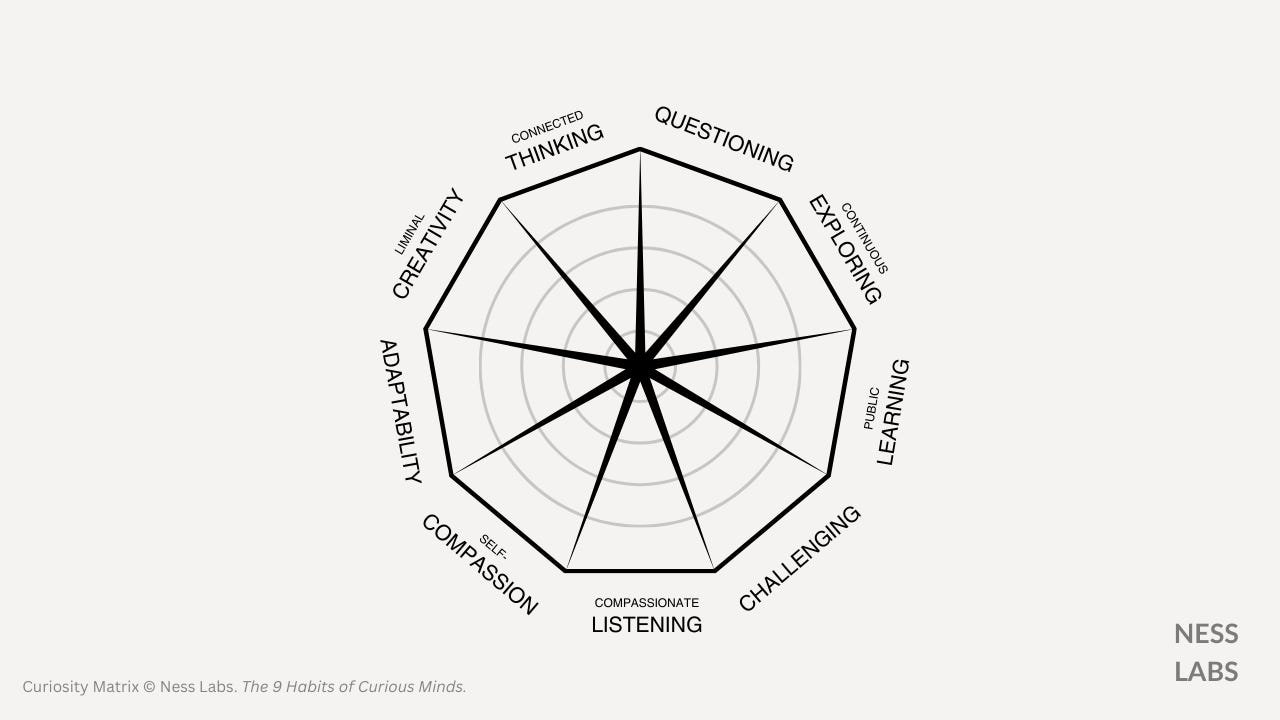



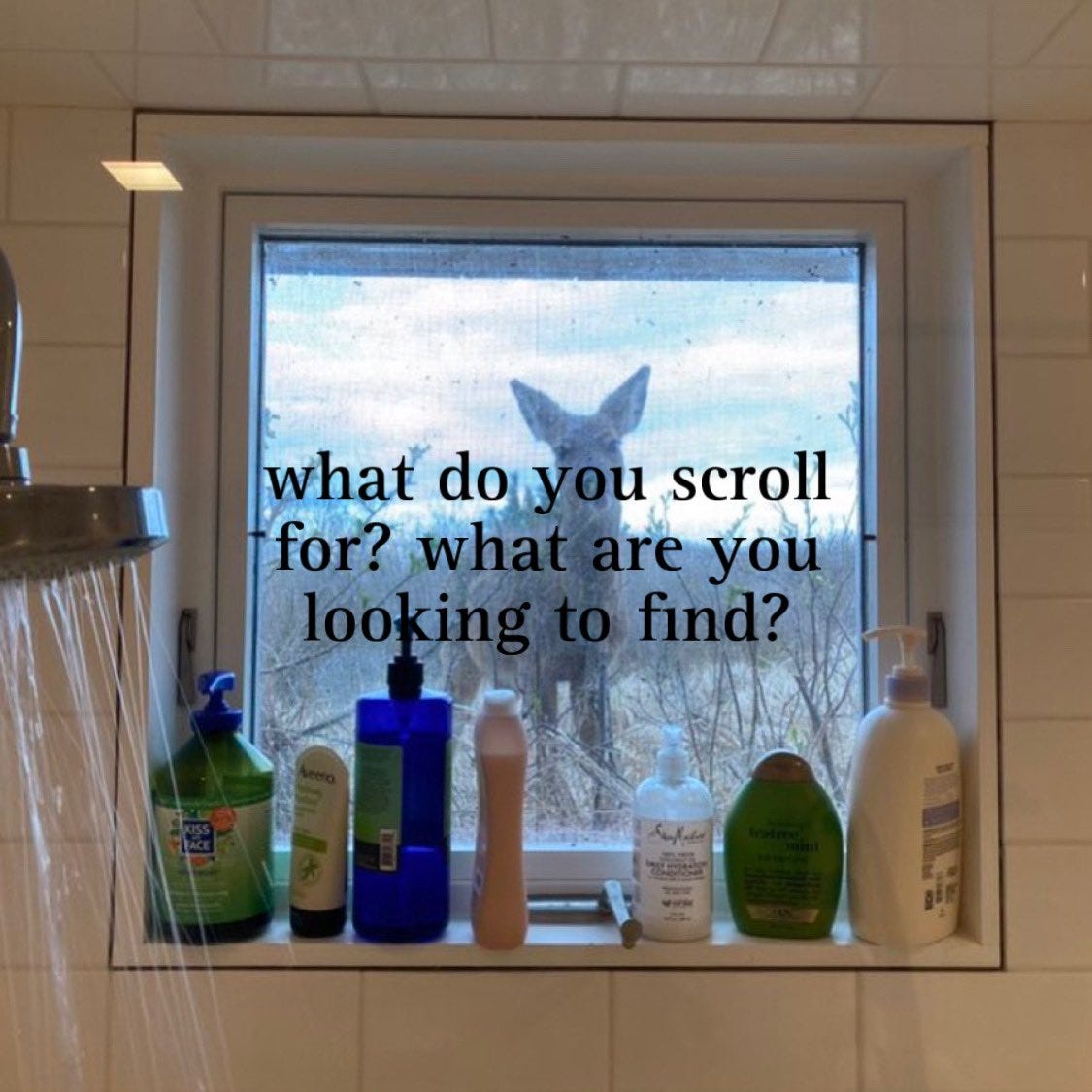









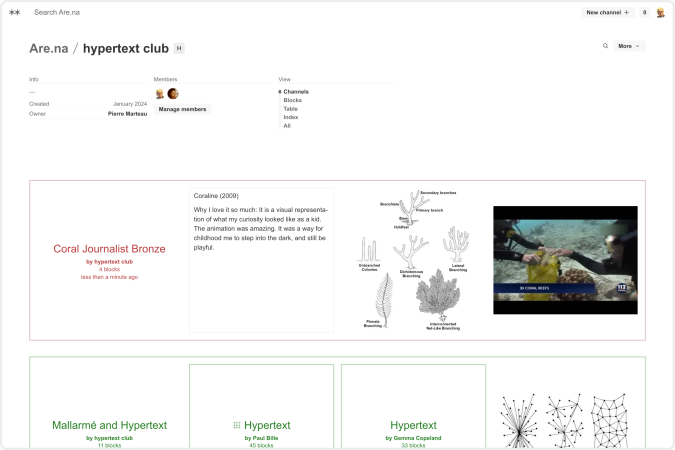

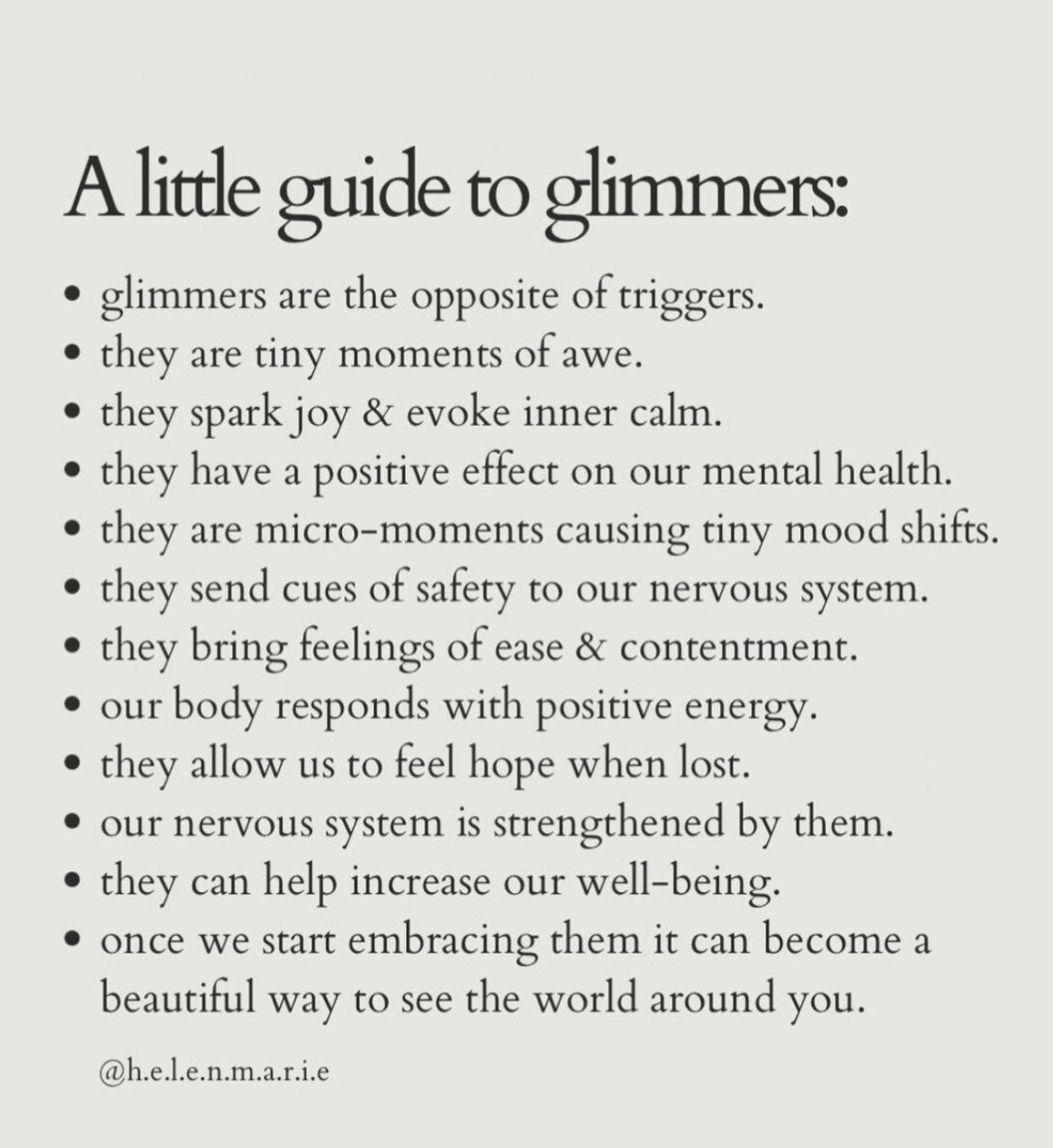




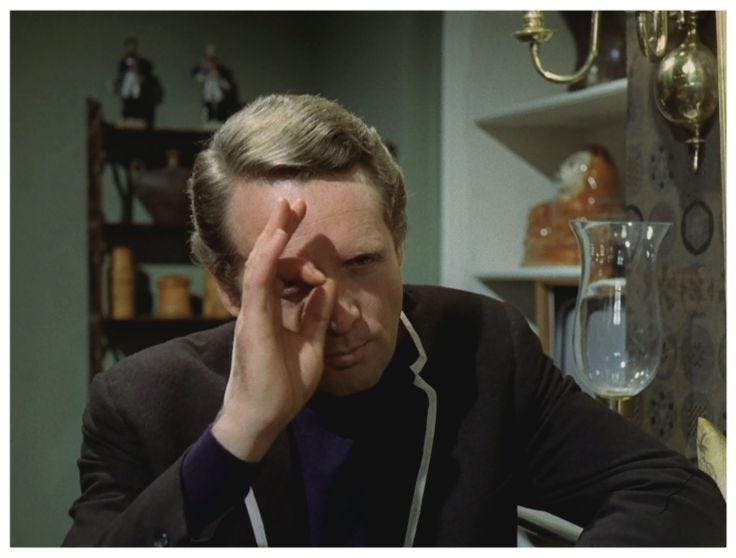
I loved this! So brilliantly rich with resources and so accessibly communicated. Thank you Steve. This is my first interaction with your Substack and I am here to stay 💚